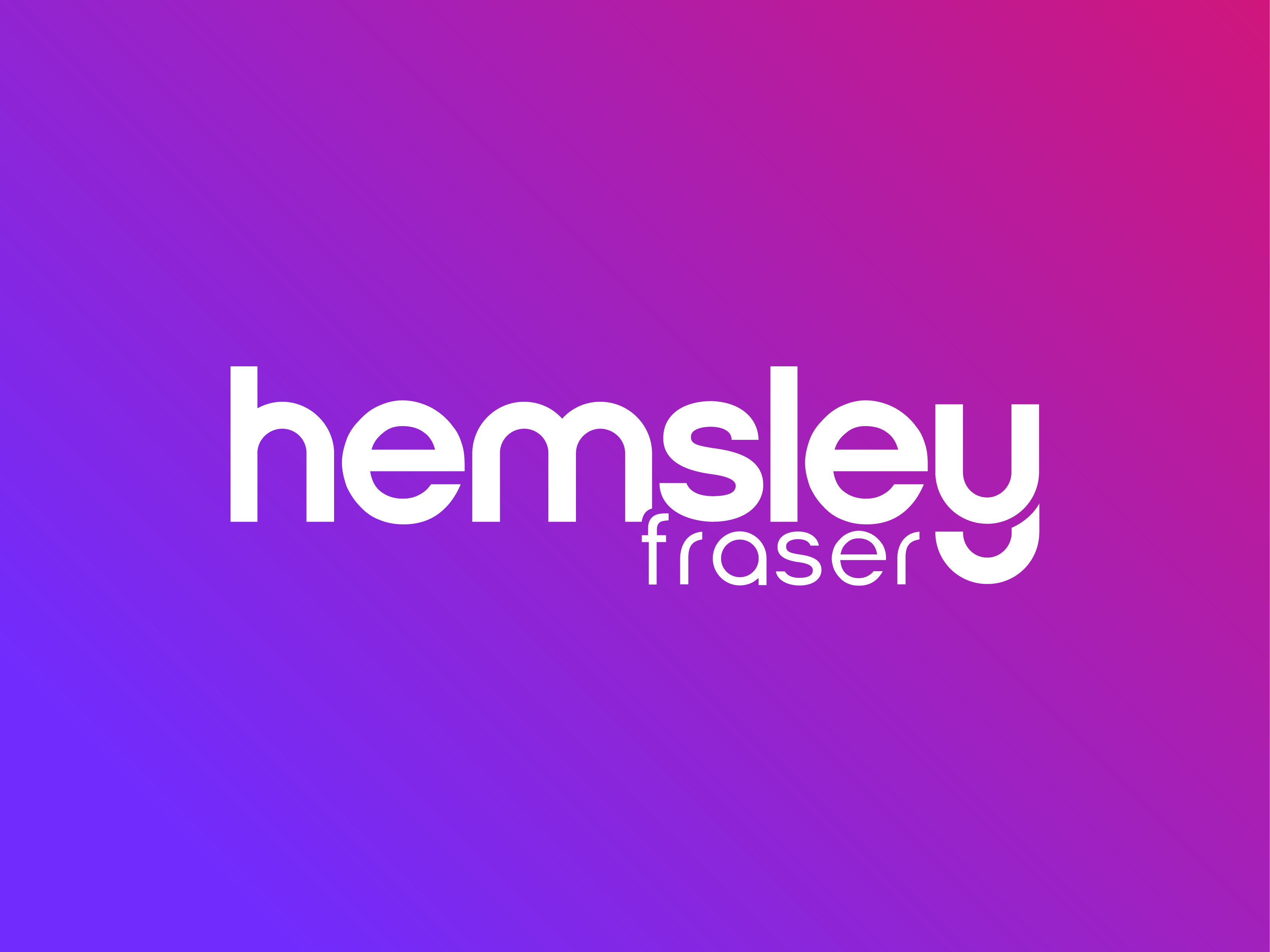You can always custom build your own custom course, Why not explore our building blocks library or book a consultation with our team
The pandemic prompted a major shift to digital / virtual learning, driven largely by necessity. Many organisations invested in technology, experimented with new formats, and grew their digital content. The growth of digital working has, however, also brought digital fatigue.
Increasingly leaders and L&D teams seem tempted to opt for in-person delivery, but they miss a trick if they simply revert to pre-pandemic methods. Some learning events are being highjacked for other reasons – like encouraging people back into offices. Whilst this is not necessarily a bad thing, it is vital that learning makes the difference we all need.
L&D budgets are also under pressure. They need to invest wisely in learning that is effective, efficient and a great experience.
This paper draws together pertinent insight to help any HR or L&D team make more informed choices about the best learning format in 2023 and beyond.
There are a number of myths / misconceptions popping up about various learning formats. Before we go any further, let’s tackle some of them.
“Everyone else is going back to face-to-face”
It’s a mixed picture– but most aren’t. Only 15% of our UK programmes are going back (compared with 5% last year); 50% in US. Larger, global clients are much lower, favouring green targets, greater scale, and reduced costs.
“We get better evaluation scores from face-to-face"
Sometimes face to face is higher, other times it’s virtual – it really depends on the quality of the design. Travelling a long way to walk through a PowerPoint in a bare room with a bad lunch never scores well.
“People are more likely to turn up for F2F sessions”
We find F2F sessions are more likely to be disrupted or cancelled than virtual – due to travel issues, meeting clashes, family commitments. A blended journey with a regular slot has the best participation. The virtual cancellation rate is 7.5% compared with 24% for F2F (UK data).
“F2F is better for ‘the 3C’s’ collaboration, creativity, connection”
Well-designed virtual and F2F can deliver ‘the 3Cs’ – depending on the type of content, learning design and the group. We don’t recommend hybrid sessions – i.e., some in the room and some virtual – this is rarely done well. Hybrid/blended journeys work best. Evidence shows remote teams can outcompete in-person teams by adopting best practices in digital communication and collaboration (HBR, 2022)
“People need be together to practice skills”
Bringing people together in a room may be valuable for joint sense-making or practice. Ideally, they gain basic knowledge before at their own pace / time then use the time together to apply it. “A virtual human can be as good as a flesh-and-blood one when it comes to helping people practice new leadership skills” (Neurosciencenews.com, 2021)
“People are sick of digital / zoom / teams”
In our experience, people are sick of badly run virtual sessions – rather than virtual sessions per se. Travelling a long way to walk through a PowerPoint in a bare room and a bad lunch never scores well. In practice, it is a mixed picture. Sometime face to face is higher, other times it’s virtual – it really depends on the effectiveness of the design.
So, if commonly held assumptions can’t guide our choices about the best format, how should we as HR / L&D professionals make wise decisions about the best learning format?
Based on over 30 years of experience, we believe there are four top considerations when making these decisions.
To learn more about our VOICE model and read our full paper, click here.














